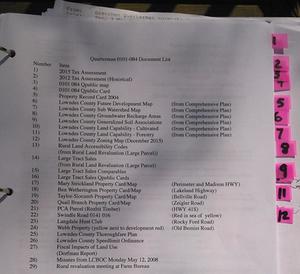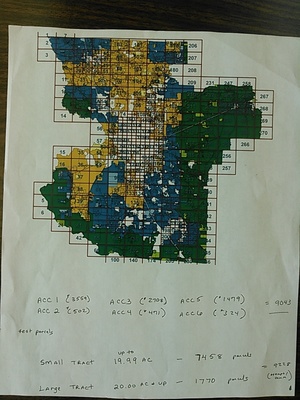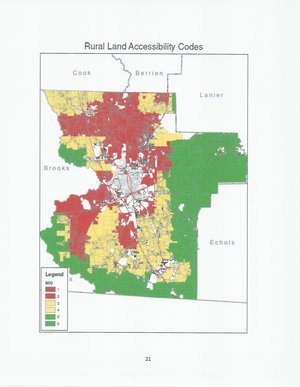Many people are unfamiliar with Moore’s Law, and
how it affects solar power.
Moore’s Law doesn’t occur
in many technologies or industries,
but it’s there in solar photovoltaic (PV).
For those of us whose whole working lives have been
affected by Moore’s Law, seeing it turn up in another field
is like a flashing neon sign pointing to the future.
A future of distributed solar power sunrise
over the crumbling industrial relics of coal, nuclear, and natural gas plants.
A future with much less control by monopoly utilities,
which is why they fight it.
If they even see it coming; Bill Gates didn’t, back in the day,
but Jeff Bezos of Amazon did.
They both surfed that tide,
and Moore’s Law made both of them among the richest humans on the planet
while changing the world for all of us.
Steve Jobs even used it to put a computer in your pocket
more powerful than big companies could buy a few decades ago.
What does Moore’s Law for solar power mean for electric power?
This chart shows the telltale symptom of Moore’s Law in solar electricity:
65% compound annual growth rate in solar power plants
deployed for the past 5 years:

Source:
Solar Power Graphs to Make You Smile
by Zachary Shahan for CleanTechnica 10 June 2011.
As SunPower’s Dinwoodie puts it:
That 17 GW installed in 2010 is the equivalent of 17 nuclear power
plants — manufactured, shipped and installed in one year. It
can take decades just to install a nuclear plant. Think about that.
I heard Bill Gates recently call solar “cute.” Well,
that’s 17 GW of “cute” adding up at an astonishing pace.
 Bill Gates should recall that Moore’s Law made formerly “cute” PCs with his
“cute” operating system Windows expand into every company in the world
and made him the second richest human on the planet.
Growth of computer software markets,
like for the U.S. as shown in the graph on the right,
is a symptom of the original Moore’s Law.
Software runs on hardware, and these hardware market curves
are driven more directly by Moore’s Law:
Bill Gates should recall that Moore’s Law made formerly “cute” PCs with his
“cute” operating system Windows expand into every company in the world
and made him the second richest human on the planet.
Growth of computer software markets,
like for the U.S. as shown in the graph on the right,
is a symptom of the original Moore’s Law.
Software runs on hardware, and these hardware market curves
are driven more directly by Moore’s Law:
Continue reading →
 for changes to the
rural land revaluation, this time taking into account rivers, aquifer recharge zones, and uniformity.
Maybe the Tax Assessors actually don’t want more flooding in Valdosta;
both the City of Valdosta and GA-EDP have already shown interest in attending
about that point.
for changes to the
rural land revaluation, this time taking into account rivers, aquifer recharge zones, and uniformity.
Maybe the Tax Assessors actually don’t want more flooding in Valdosta;
both the City of Valdosta and GA-EDP have already shown interest in attending
about that point.





